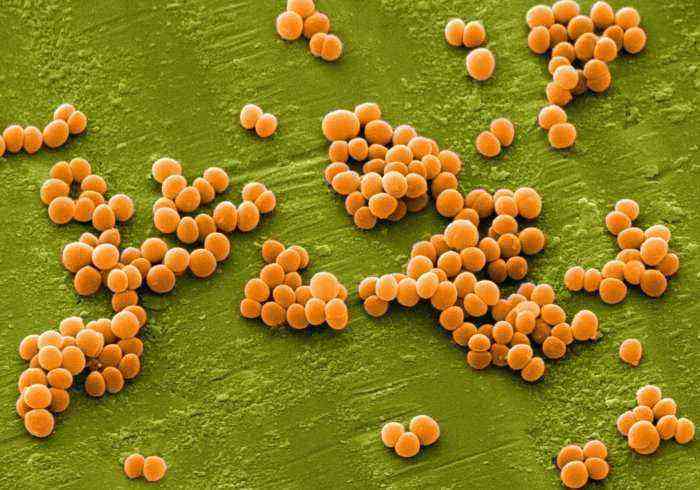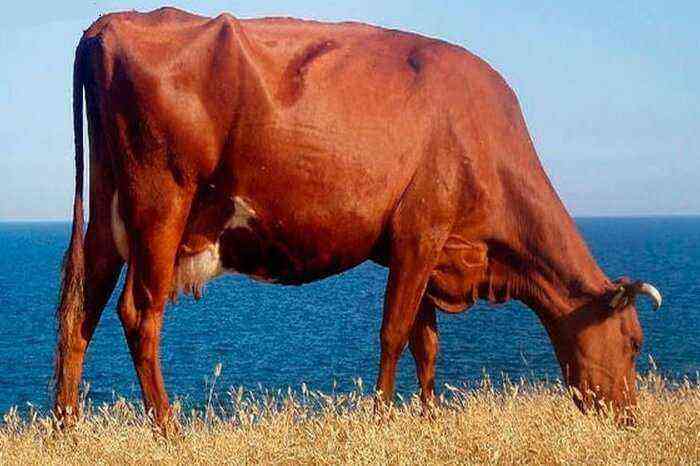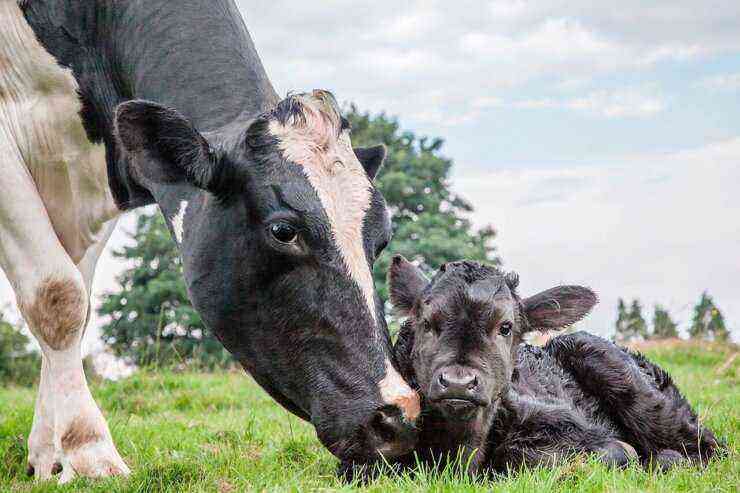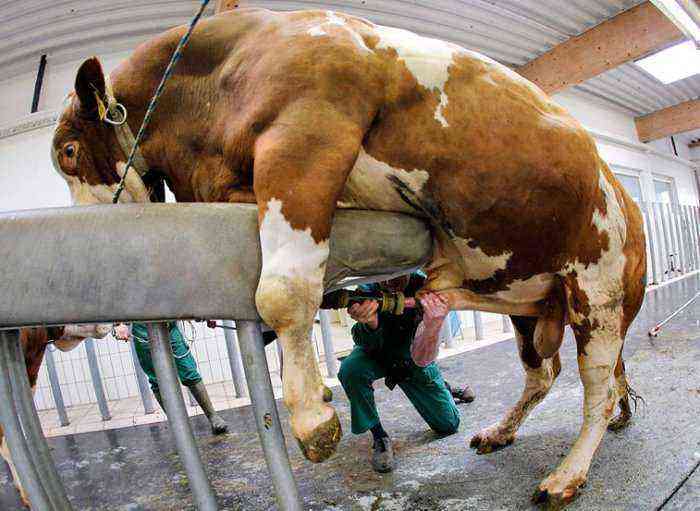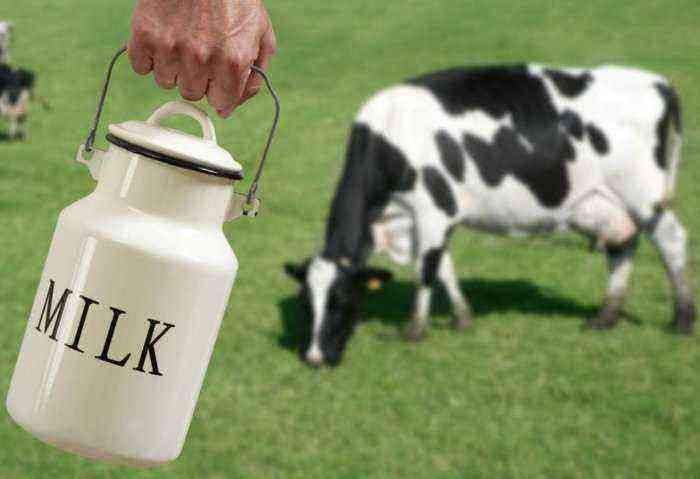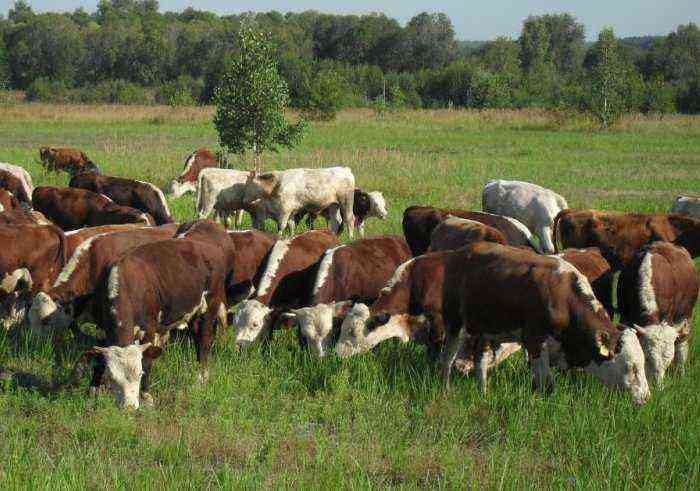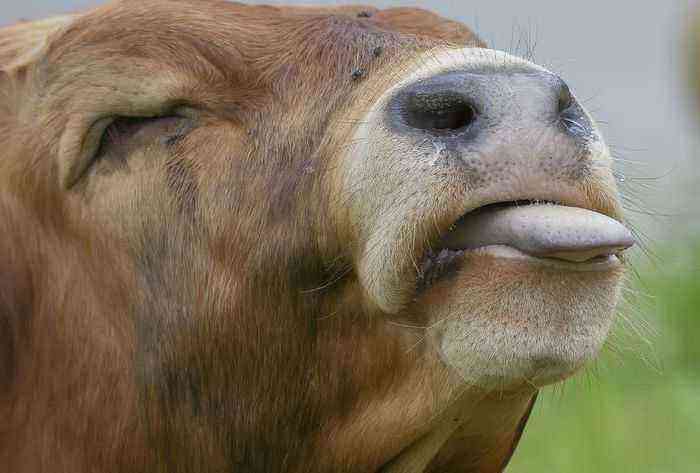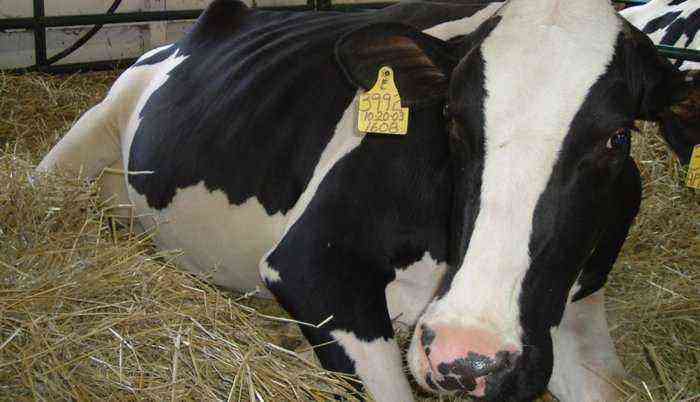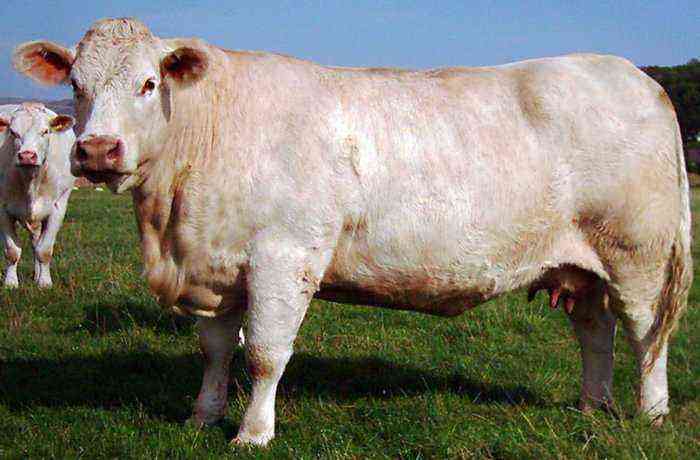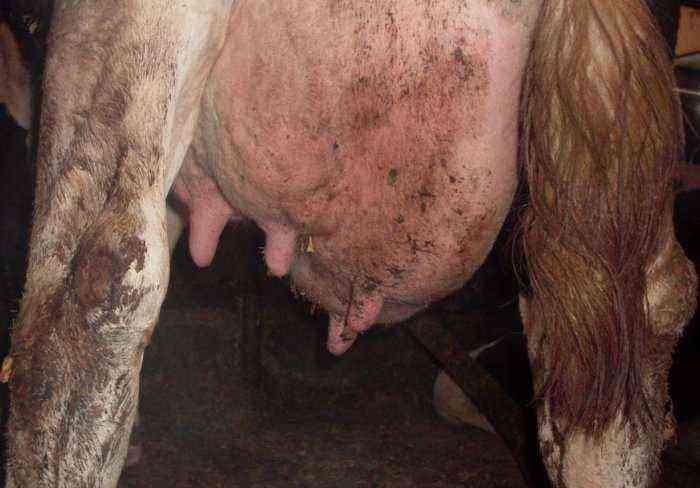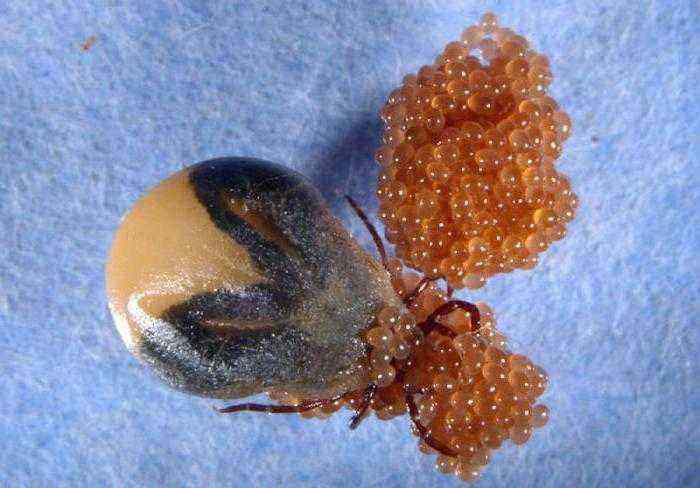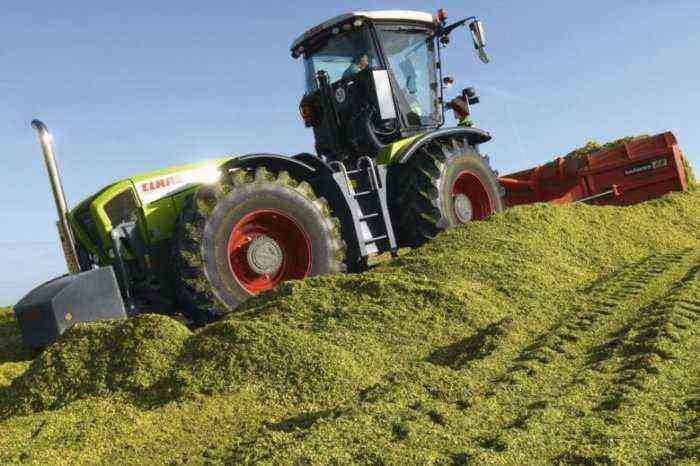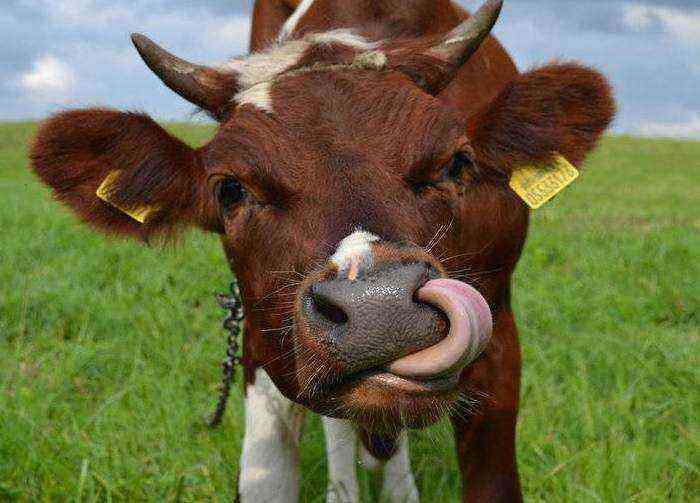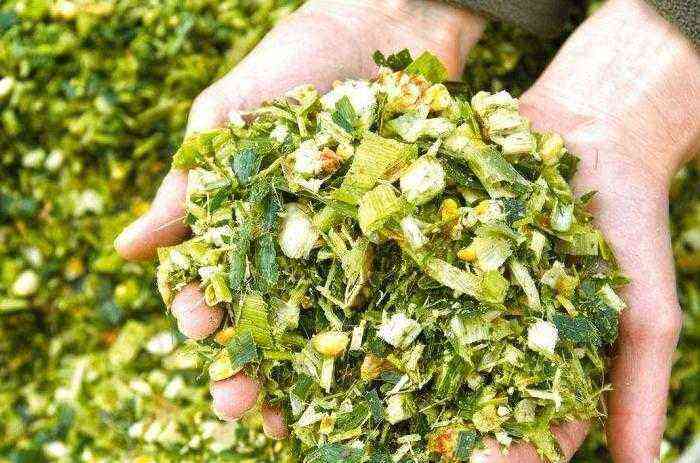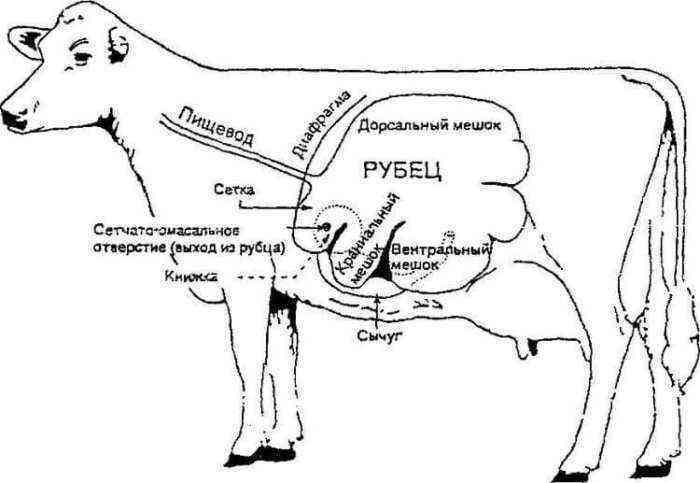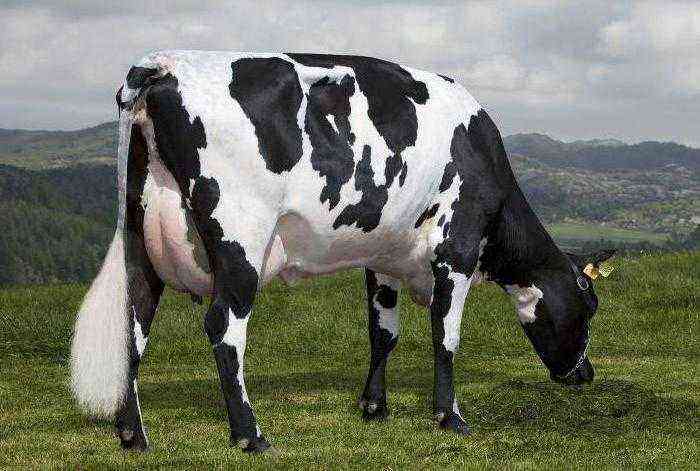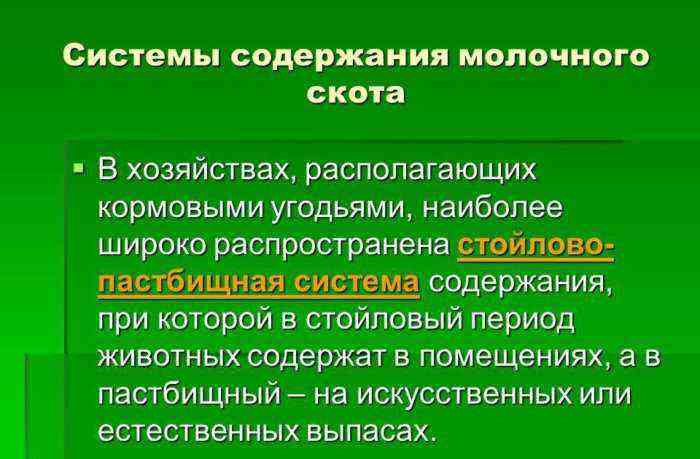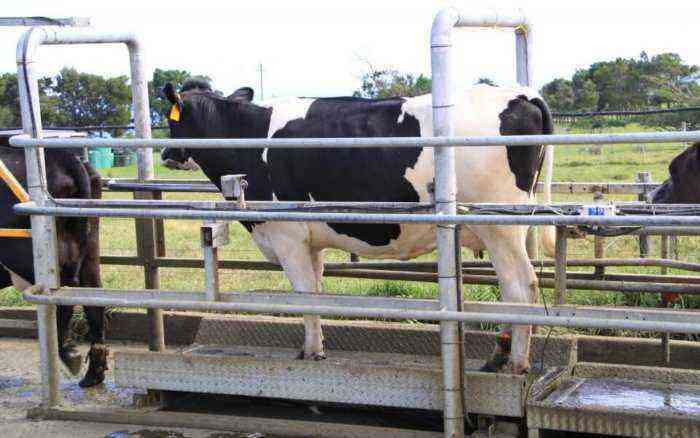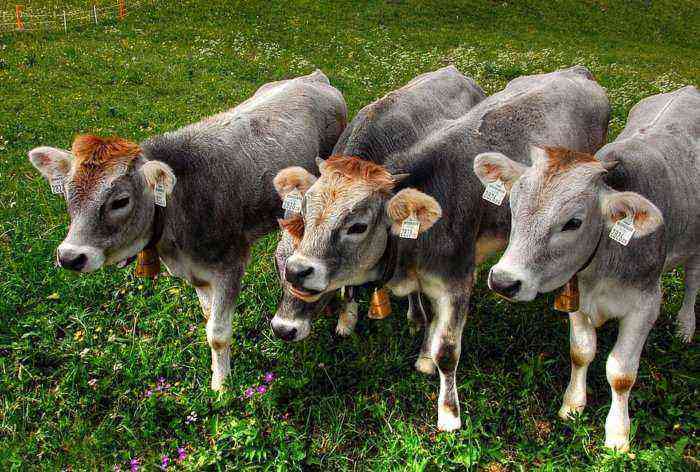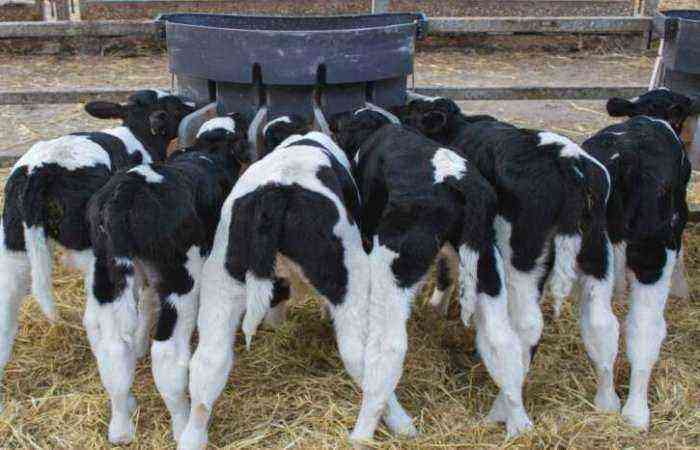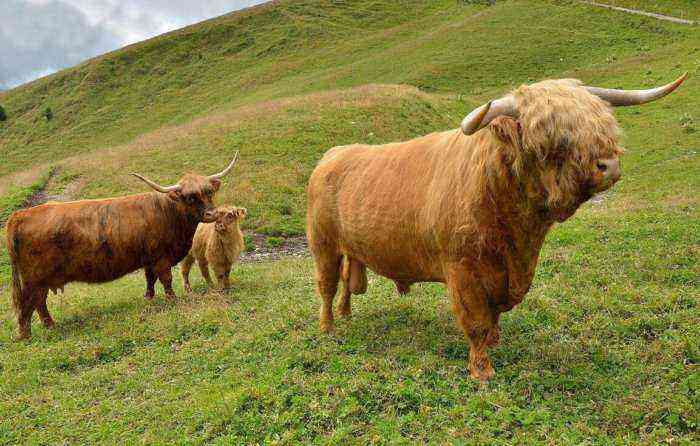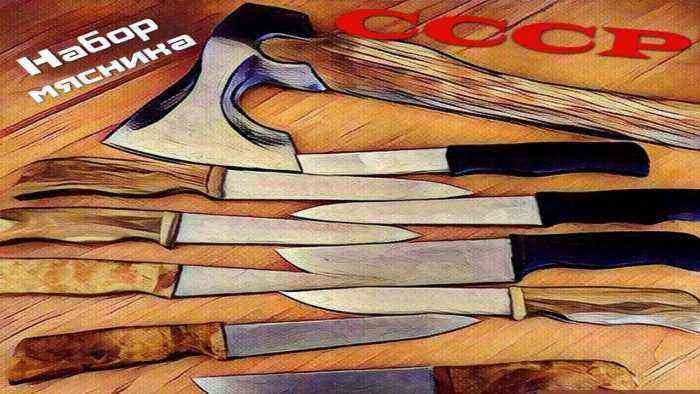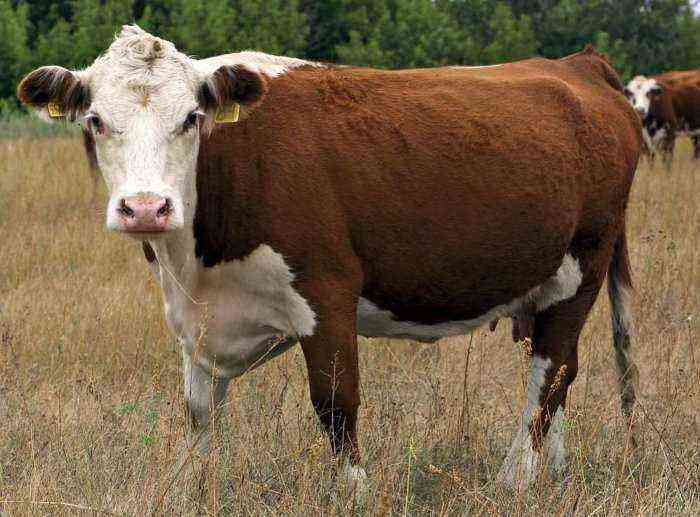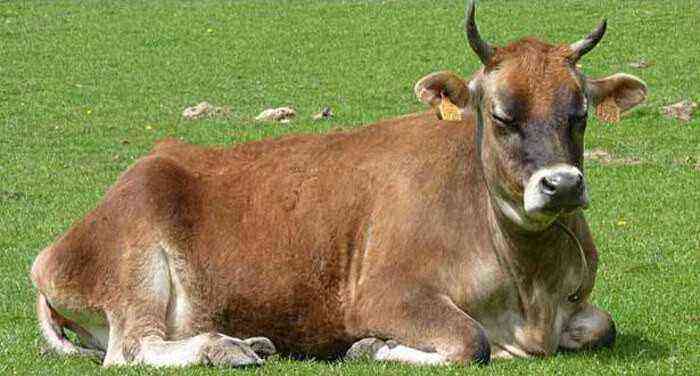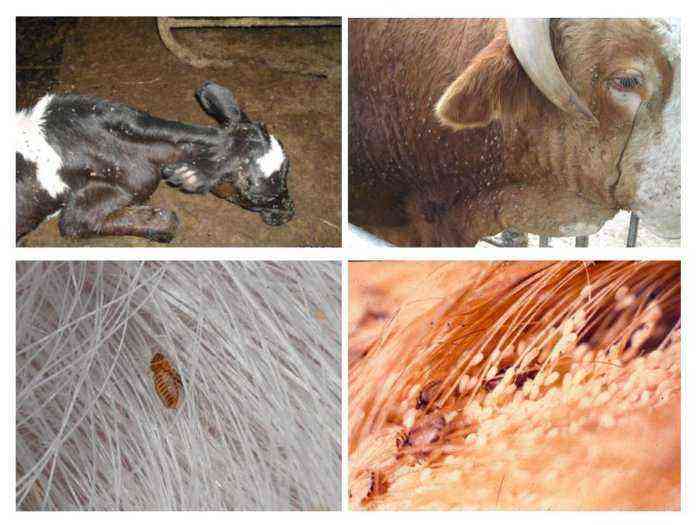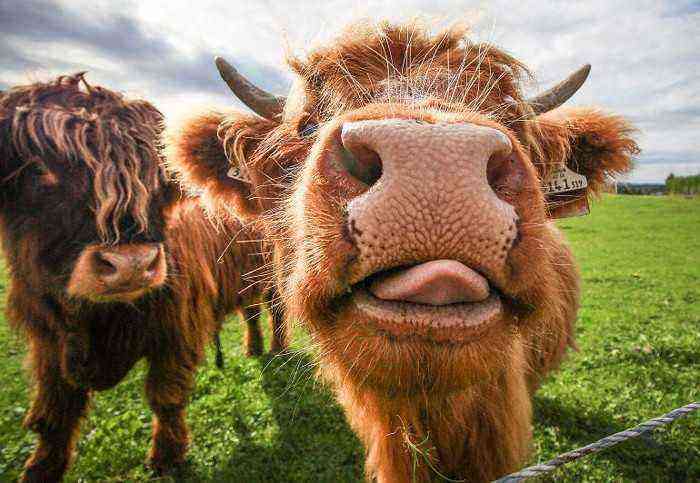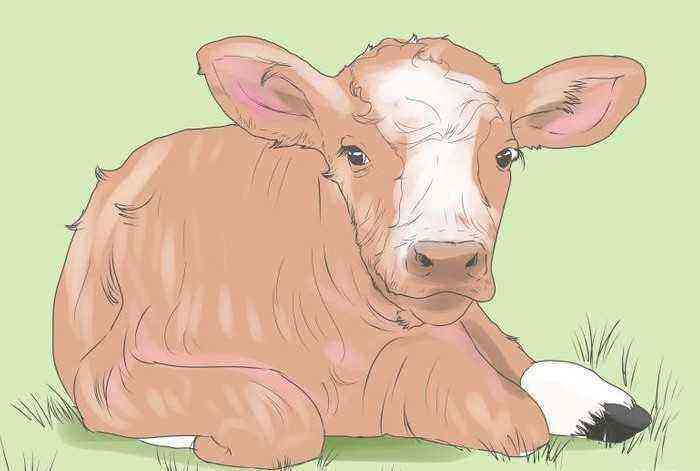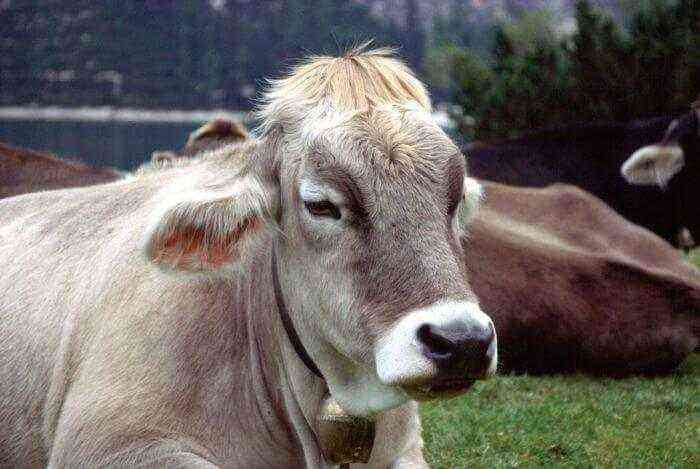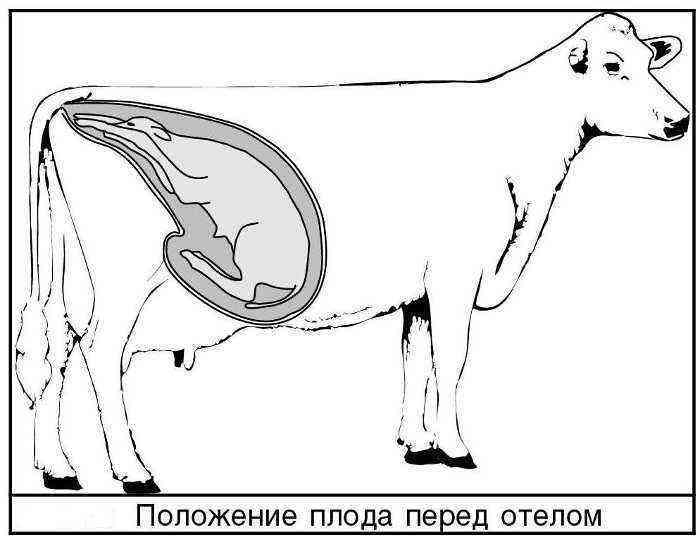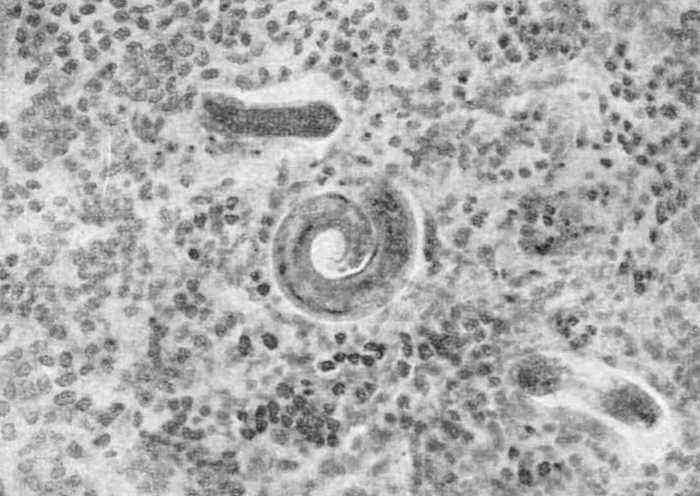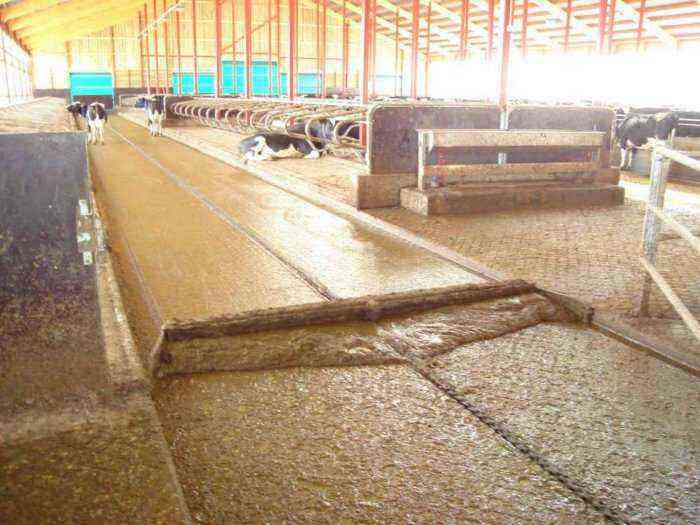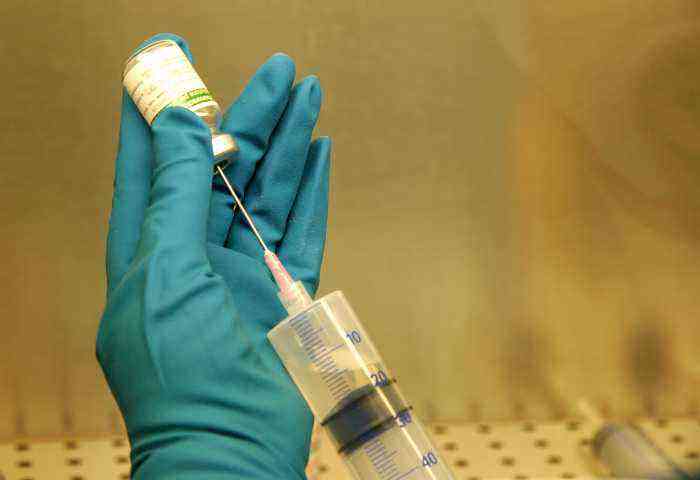A cow is a massive and strong creature, so if she fights during milking, then the consequences of even one blow for the owner can be very serious. And it is not always easy to wean an animal from such a habit. Therefore, it will be useful to know why the cow reacts so sharply to a seemingly familiar procedure, and how to deal with it.
Milking a cow
Causes of the problem
The most common reasons why a cow kicks during milking are:
- Pain in the nipples due to injury. Often, when grazing on unexplored pastures, a cow can get hurt on a bush or wire. Sometimes an injury is a consequence of weathering or frostbite. As a result, if the udder is touched, the animal will feel pain and reflexively try to kick the one who causes it.
- Pain due to a developing disease, such as mastitis.
- Incorrect milking technique, which is a source of discomfort for the heifer.
- Strong fatigue. The milking process also involves some effort on the part of the animal. Therefore, a cow overtired during the day can be naughty during the implementation of the procedure.
- Lack of a clear schedule for the selection of milk. If morning, afternoon and evening milking is done at the same time every day, it is easier for cattle to adapt to it. When the schedule is violated, the cow feels uncomfortable and reacts more aggressively to touching the udder.
- Strong irritants that distract and frighten the animal during milking. It can be loud noise, sharp cries, too bright lighting.
Quite often there are situations when breeders buy an already adult cow. And the reason for kicking on her part can be extremely banal – the animal is simply not used to new owners, and feels anxiety in their presence.
If the animal is young, it may not be accustomed to touching the udder. In this case, the milking process can cause fear in him, and as a result, a defensive reaction – kicking.
Attention! A large number of reasons that cause an aggressive reaction of a heifer during milking greatly complicates the process of solving this problem. Therefore, it is extremely important before taking any measures, to determine exactly which of them is the source of the problem.
Solutions
Despite the fact that the cow does not want to let anyone near her, she still needs to be milked at least twice a day. Otherwise, there is a high risk of developing mastitis. Therefore, the kicking problem must be solved as soon as possible.
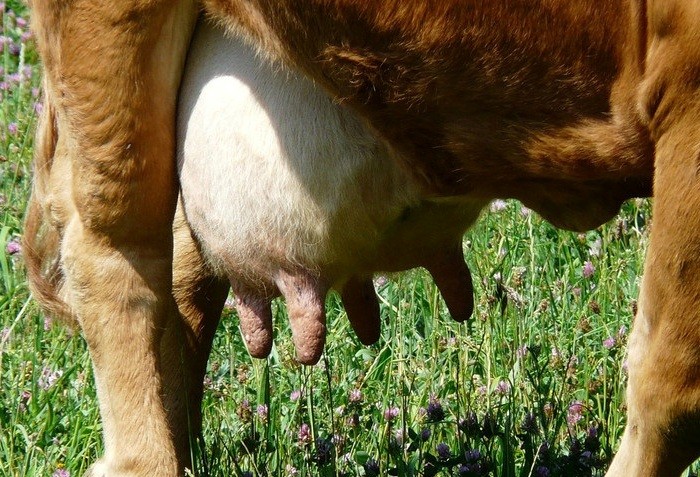
Mastitis in cows
First of all, in such a situation, you need to examine the udder of the animal for injuries, damage, signs of disease. If such undesirable moments are nevertheless identified, it is necessary to immediately take measures to eliminate them. Moreover, milking during such a period should be carried out very carefully so as not to aggravate the situation and not hurt the cow.
If the cause is not pain, then the following tips will help during milking:
- It is necessary to precisely determine the schedule for milking livestock and follow it unquestioningly. This will not only help to quickly accustom the cow to the procedure, but also significantly increase milk yield.
- During the selection of milk in the trough, the animal can first pour concentrated food and vegetables that she likes best. This will distract the cow and make her calmer.
- Vaseline or other special lubricants should be used during milking. In the natural environment, the calf, eating milk, lubricates the udder with its saliva, from which it does not dry out. If dry milking is carried out, the nipples will quickly crack and cause pain in the animal.
- On the back of the cattle, you can also lay a wide piece of cloth, abundantly moistened with water. She will calm the cow, distract her and become a real salvation in the summer heat.
If none of the above methods gives the desired effect, the heifer at first during milking will have to be tied up to the walls of the stall each time. Moreover, such a procedure can be implemented in different ways. If the heifer lets the owner in and stands calmly, you can limit yourself to simply binding the hind limbs. At the same time, the knot on such a tie is made free so that the animal can be quickly released.
If it is not possible to approach the cow from behind, tying the front leg to the rack is used. In this case, a free loop is thrown over the leg, the limb is pulled up and fixed on a solid support. The leash is implemented on the leg from which milking is carried out.
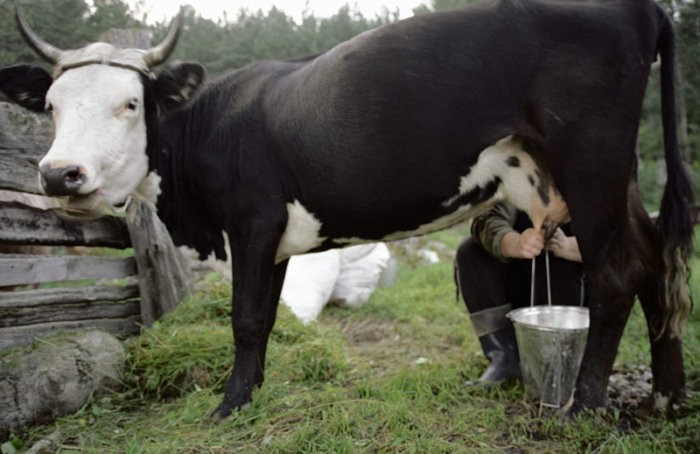
hand milking
If a cow is grown on a farm from a calf age, then already during this period of its development it is necessary to gradually accustom the animal to milking. To do this, regular touches to the udder and massage are enough. Cattle grown in this way will give milk quite calmly.
Conclusion
The problem of cows kicking during milking is quite common, but it should not be taken lightly. Often the reasons for this phenomenon are banal and easily solved. But in some cases, they can be a sign of serious health problems and require surgical intervention.
